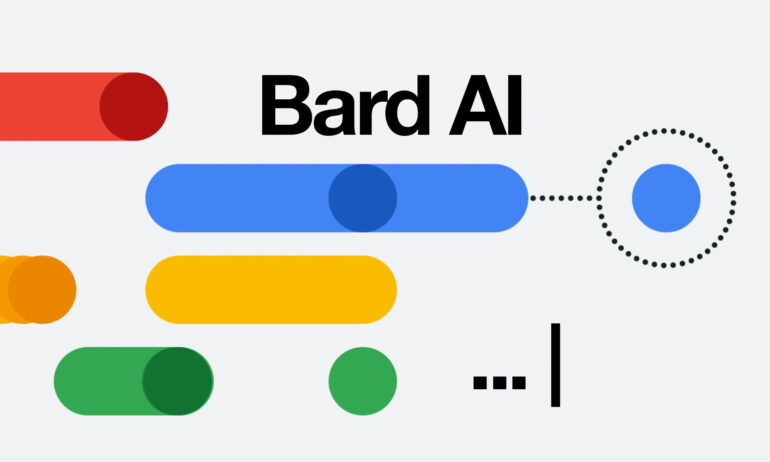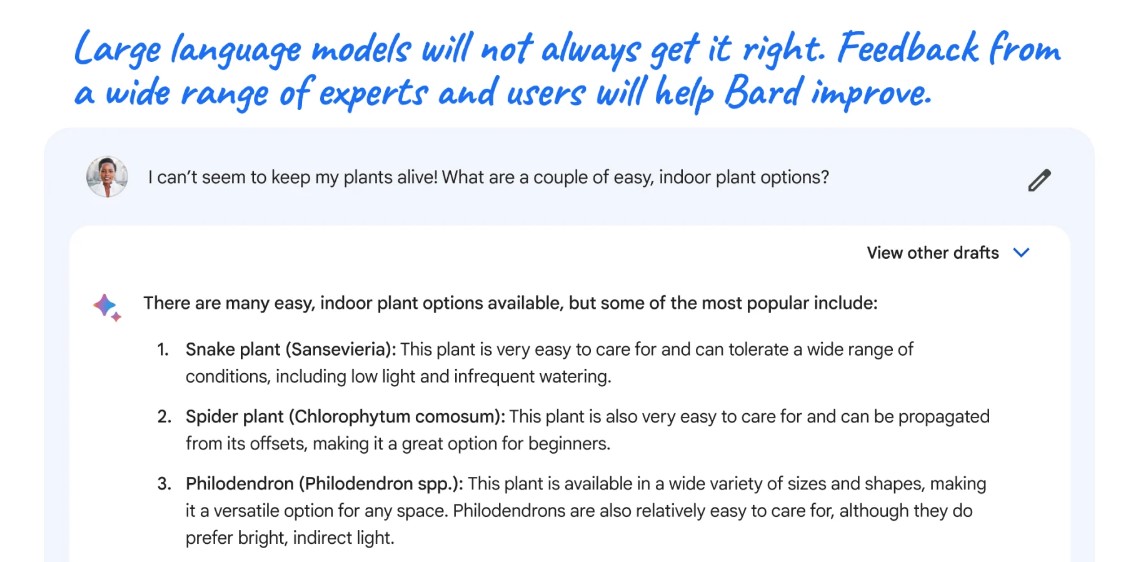Google has been attempting to enhance the chatbot’s responses ever since it unveiled its Bard conversational AI in February. This is because the chatbot gave inaccurate information in its initial Twitter outing. In more recent times, we’ve seen the corporation effectively expand its entire range of services to include generative AI features, while the Bard chatbot remained restricted to a select few. Google yesterday invited certain Pixel users to test out its bot, and today the firm announced that it is “starting to open access to Bard.”
Sissie Hsiao, vice president of product, and Eli Collins, vice president of research, asked readers to sign up at bard.google.com in a blog post that “Bard did help us write.” Opening up access to more people is “the next critical step in improving it,” the pair said, noting that getting feedback from a larger tester base is crucial. The company said it will start rolling out access to those in the US and the UK today, and that it’s “expanding over time to more countries and languages.”
You can converse with Bard in regular English rather than a stiff string of terms, just like you can with ChatGPT or Microsoft’s Bing AI. You could request advice from Bard on how to achieve your goal of reading more books this year, ask him to explain quantum physics in layman’s terms, or ask him to inspire your creativity by writing a blog post, said Hsiao and Collins.
According to screenshots featured in the release, Bard’s interface resembles Bing AI with a few notable exceptions, and the pair further stated that “Bard is a direct interface to an LLM.” Bing AI lacks these buttons, instead using the area below each response as a space for source citations. Google’s version has four buttons at the bottom of each response: thumbs up, thumbs down, a refresh arrow, and a button that says “Google it.” There’s also an option that says “View other draughts” at the top right of each response.
Bard is powered by “a lightweight and optimised version” of Google’s LaMDA, and the company said it “will be updated with newer, more capable models over time.” At its most recent I/O developer conference, Google demonstrated an AI Test Kitchen app for people to interact with LaMDA 2, which it also unveiled at that time. In contrast, Bing AI is powered by OpenAI’s GPT-4.
There are a few changes to the input bar at the bottom of the screen as well. In contrast to Bing, Bard contains a microphone icon at the end, indicating that speech-to-text functionality might be implemented. When you want to start on a new topic, the Microsoft option features a broom icon to the left of the text input field to clear the page. Not Google’s. It’s also important to point out that Bard may display inappropriate or erroneous information that doesn’t reflect Google’s opinions in the small print that appears below the text box.
Google was careful to note in its introduction that large language models (LLMs) like LaMDA aren’t error-free and that faults do occur. For instance, Hsiao and Collins argued that because they are exposed to a variety of information that reflects real-world biases and stereotypes, those elements occasionally appear in their outputs.
They even gave an instance of when Bard has erred in the past. Bard clearly presented ideas when asked to provide a few recommendations for simple indoor plants, although certain details were inaccurate, such as the scientific name for the ZZ plant.
Google stated that it’s necessary to be aware of these difficulties and that quality and safety are important factors to take into account. To try to keep interactions constructive and on topic, “we’ve also built in guardrails, like capping the number of exchanges in a dialogue,” Hsiao and Collins noted. Though the number of dialogue exchanges is still unclear, we have contacted Google for more information and will update this piece as soon as we receive a response.
Hsiao and Collins said that Bard’s assistance in writing the announcement post involved creating an outline and making edits. Despite all its potential limitations and room for error, Google still believes Bard is worth the work, adding that it will “continue to improve Bard and add capabilities, including coding, more languages, and multimodal experiences.” They claimed that “it didn’t always get things right.” But even then, we found it amusing.


